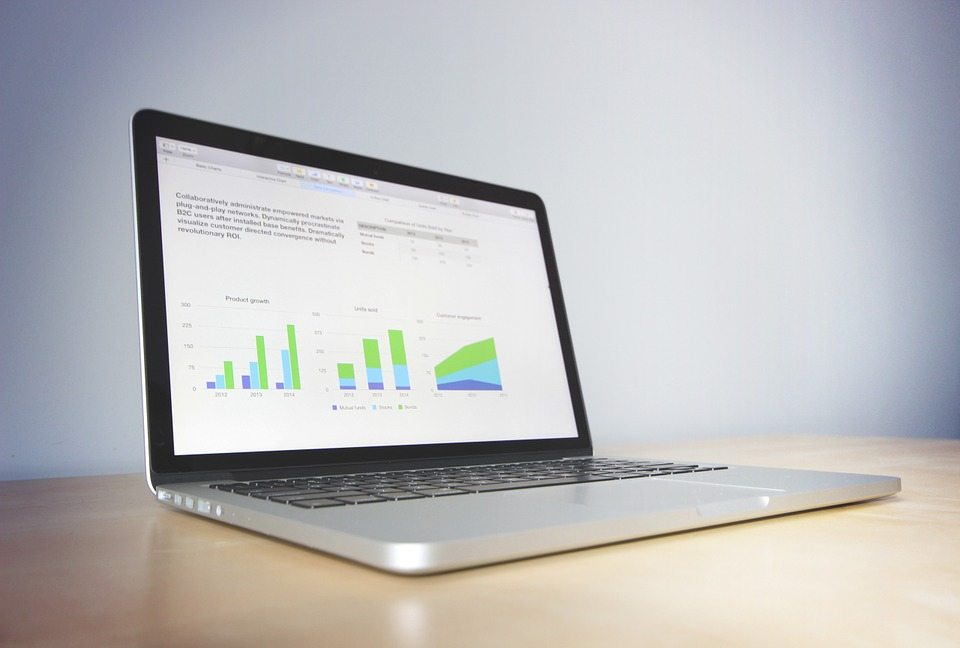Selling in ecommerce means managing costs, supply, and profit to ensure that you can offer a quality experience to customers, while maintaining a competitive advantage. To achieve this, you must find a balance between reducing inventory stock and warehousing costs while maintaining enough inventory to prevent stock-out events.
Ecommerce sellers can use inventory forecasting to help find that balance. Sellers can stock accordingly by predicting product demand and likely sales. This will change in complexity depending on your niche, the period, the age of your business, and your existing data, but taking the time to forecast sales will help you to streamline your inventory management and reduce costs.
What is Inventory Forecasting?
Inventory forecasting is the process of estimating how much you will sell over a specific period so that you can stock the minimum amount of inventory. Ecommerce inventory forecasting allows you to save on warehousing, management and deadstock costs while ensuring that you can continue to meet demand, especially on sites like Amazon where a stock out can dramatically hurt your sales.
Inventory Forecasting Models

(Image: Source)
In most cases, you can use one of two primary inventory forecasting models; quantitative forecasting and qualitative forecasting. Each has its own pros and cons, but you can use them separately or together for a different look at your prospective sales.
Quantitative Forecasting
Here, you create a mathematical model to predict your future sales volume based on existing data. The more data you currently have, the more accurate your predictions will be. For more accurate predictions, aim for at least a year of sales data to compare highs and lows, peaks, seasonal trends and sales, and other rises and dips and in your sales period.
A good quantitative forecasting process would include:
- Set a base demand. What is your current demand?
- Create a line chart of your sales for the previous years.
- Identify peaks and valleys, and attempt to match them to an event. If not seasonal or recurring, remove these peaks or valleys from your predictions. Use trends that apply seasonally to predict future sales.
- Identify periods or turns as they matter to your business (monthly, quarterly, bi-monthly, etc.).
- Plot the percentage of increase of your sales (if any).
- Use your percentage of increase to plot prospected sales for each upcoming period. Repeating this on a product by product basis will give you the most accurate results.
Qualitative Forecasting
Qualitative forecasting is an economic model that focuses on predictions for the economy, market forces, and potential demand. You can achieve qualitative forecasting even without a year of data from your own store, since it looks less at past data (internal) and more at the economic climate (external). Here are a few factors that qualitative forecasting would look at:
- New technologies that could change how your product is made or used.
- New models. Is the product likely to be replaced or superseded?
- Product life cycle (is there a point in time when buyers will no longer want the product? Is the market saturated?).
- New versions of the product (new colors, features, etc.).
- Pricing changes.
- Availability changes.
- Public perception.
For some products, these calculations are relatively easy. For example, if you are selling computers or technology, new models come out every 8-12 months, and you will have to refresh inventory and get rid of old stock by that date. On the other hand, some products have a much longer life cycle. For example, kitchen utensils almost never go out of style, which will enable you to stock them for years or even decades. However, public perception changes. Where bright green might be hip one year bright blue might be popular the next, completely changing sales trends. Using inventory forecasting software can help greatly simplify and streamline some of the complexities for inventory forecasting.
This forecasting method can also help you to make good decisions when placing orders. For example, if you know that product costs are set to drop, you can reduce your current order to the bare minimum. If you know that costs are set to go up, you can order several turns worth if storage and management costs don't exceed the increase in price. And, if you know that a product is on its way ‘out’, you can get rid of your inventory before it becomes dead stock.
Qualitative forecasting can help you to control your market demand and pricing. If you know that the market is saturated and there is a surplus, you can lower prices to increase sales. If you know that you are the only supplier, and you cannot keep your product in stock, you can raise your prices to meet market demand.
Putting Inventory Forecasting to Work

(Image: Source)
Once you know how to forecast your inventory, you can put it to work to improve your inventory reports, optimize your inventory levels, and help reduce costs. To get this right, you must understand what your goals are:
For example, do you:
- Often run out of stock?
- Have too much or too little inventory for specific products?
- Have a disorganized warehouse because of too much stock?
- Order more stock than you need to meet manufacturer minimum order quantity?
- Have low inventory turns?
- Have competitors who offer faster/better order processing?
Inventory forecasting can help you to manage each of these problems by streamlining your existing inventory to reduce problems and costs.
Working Stock – Every ecommerce store has working stock. This is the stock that is available to meet normal demand including:
- Cycle Stock – Actual stock available to meet demand
- Safety Stock – Stock available to meet extra demand
- Excess Stock – Stock available over what is necessary
Without inventory forecasting, working stock is typically the amount of product you order for the duration of that period. For most ecommerce stores, that means you order product, wait until it's gone or almost gone, and then order again – whatever you don't sell before receiving a new order is surplus. This can be a large problem for companies that order on a timed schedule, because you can easily amass a large surplus of stock you don't need.
Inventory forecasting allows you to calculate how much you really need, when to set reorder points, and how much of a product you actually need to make a profit so that your working stock does not cost you money.
Let's take a look at that in action.
Setting Reorder Points
Reorder points allow you to automatically reorder when your inventory reaches minimum stock. Since you'll know your sales velocity and when you're likely to sell out, you can wait until the last moment to place an order. If you want to set a reorder point, you have to calculate par level, or the minimum stock you need when you place a new order with your supplier or manufacturer.
To calculate par level, you need your current demand, likely increase in demand, and lead time for a new order.
Average daily sales x lead time in days + safety stock = PAR Level.
So, if we assume that Company A works with Manufacturer B who can supply them a new shipment of 500 units within 21 days of order and company A sells 3 units per day, that equation will look like this.
3 x 21 + 10% = 69
Company A must place a new order when inventory drops to 69 items.
Safety stock accounts for any errors, any increases in sales for the period, and any unpacking delays. This allows you to have a small margin of error in calculations. 10% is usually a good number.
Once you have this set, you can ensure that you don't order new inventory too soon and pay extra for stocking additional inventory but also that you don't sell out and lose customers. However, you do have to know your estimated daily sales for the period, accounting for average increases over time.
For this reason, most PAR levels should be set on a continuous basis, with new PAR levels set monthly to account for changes in demand.
Calculating Economic Order Quantity
Economic order quantity (EOQ) is a type of qualitative forecasting that you can use to calculate how many products you need to order to make money. This means accounting for all costs,
An EOQ equation looks like this:
EOQ = square root of [(2 x demand x ordering costs) ÷ carrying costs per product]
This equation is typically calculated for a year, but you can calculate per period or turn as well.
Let's say that company A pays $90 in ordering costs (shipping, unpacking, etc.), sells 800 products per period, has an inventory carrying cost of 23%, and a product cost of $28.
Their EOQ equation would look like this:
Square root of [(2 x 800 x ($90)) ÷ (0.23 x $28)] = 149.5
Their EOQ for the period is 150 items. EOQ calculates a balance between inventory carrying costs and order costs to help you save money on both.
Forecasting your inventory can help you to make better decisions, reduce stock-out events, and decrease warehousing and management costs. However, you must consistently update your data so that your forecasts stay accurate. Some businesses choose to update on a periodic basis (such as once per quarter), but rapidly scaling ecommerce stores should review data more often to keep increases and forecasts relevant.
Inventory forecasting can be a valuable addition to your store and it can help you save time, brand reputation, and money. However, it can also be time consuming to calculate manually. That's why Extensiv Order Manager offers full data analytics automation including inventory forecasting and automatic reorder points to help you save time and cut inventory management costs.
Interested? Schedule your free demo to see how Extensiv Order Manager can benefit every level of your ecommerce business.
-
You’ll read about:
Be the first to know
Subscribe to our newsletter





